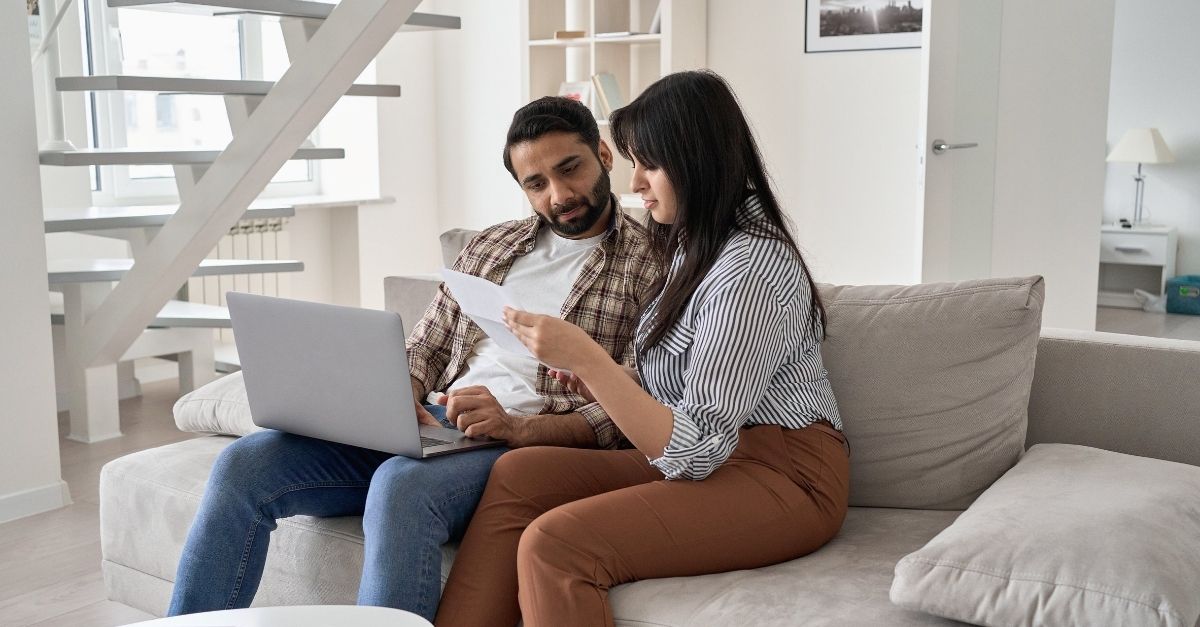Installing a solar PV system is a great way to generate clean, renewable energy, reduce your carbon footprint, and save money on your electricity bills. But you might be wondering—do you need planning permission to put up solar panels on your home?
In most cases, the answer is no. Solar panels are generally considered "permitted development," meaning you don’t usually need to apply for planning permission. However, there are some conditions and exceptions that you should be aware of before proceeding with your installation.
To make sure everything goes smoothly, it's wise to understand the rules and requirements beforehand. This guide will walk you through everything you need to know about solar panels and planning permission.
Solar Panels and Planning Permission: The Basics
Solar panels are typically covered under "permitted development rights," which allow certain types of building work without needing formal approval. However, your installation must meet specific criteria to qualify:
- The solar panels should not significantly alter the appearance of your home or surrounding area. They should be as unobtrusive as possible.
- They can't be installed above the highest point of the roof (excluding the chimney).
- The panels shouldn't project more than 200mm from the roof or wall surface.
- Solar panels aren't allowed in the grounds of listed buildings or scheduled monuments.
- All equipment should be removed when no longer needed.
Additional rules may apply if you're in a conservation area, which we'll cover later.
All Solar Together installers are MCS accredited and will ensure your system meets all planning requirements.
Are Standalone Solar Panels Covered by Permitted Development?
If you're considering standalone solar panels—not mounted on a roof—there are additional rules. These panels must be at least five meters away from the property boundary and no taller than four meters. The entire array must be smaller than 9m x 3m x 3m. Also, only the first installation is covered by permitted development; any future additions require planning permission.
Mounting solar panels on your roof is usually the simplest and most cost-effective option. You can do this through the Solar Together group-buying scheme, which helps lower installation costs.
When Do You Need Planning Permission for Solar Panels?
If your installation doesn’t meet the permitted development criteria, you may need to apply for planning permission. Here are three common situations where this might be required.
Solar Panels on a Flat Roof
Solar panels can be installed on flat roofs, but they usually need to be mounted on frames to tilt toward the sun. To reduce wind impact, they’re often placed in a landscape orientation. There also needs to be space between rows to avoid shading.
Flat roof installations can be more expensive due to structural requirements. Your installer will assess your roof and provide recommendations during a survey. In some cases, a structural engineer may need to inspect the roof, which could add to the cost.
Solar Panels in a Conservation Area
Conservation areas are places with historical or architectural significance. While you can usually install solar panels without planning permission, they must not be visible from public roads. If you're unsure, contact your local authority for guidance.
Solar Panels on a Listed Building
Listed buildings are protected due to their historical or architectural value. If you live in a Grade I, II*, or II listed building, you’ll need listed building consent before installing solar panels. This applies even if the panels are on a non-listed building within the grounds of a listed one.
Listed building consent is different from regular planning permission and must be applied for through your local planning authority.

How to Apply for Solar PV Planning Permission
If you think you need planning permission, start by contacting the Planning Portal. They can advise whether your project requires permission and explain the relevant regulations.
Applying for planning permission can take several weeks. It’s best to request it before scheduling your installation. Once approved, you have three years to begin the project.
You can start your application online through the Planning Portal, and they’ll guide you through the process until a decision is made.
What Happens If Your Application Is Denied?
Most applications take around eight weeks to process. If yours is denied, you won’t be able to proceed with your installation. However, if you’ve followed all the guidelines, there’s no reason your request shouldn’t be approved.
If you've accepted a personal recommendation and paid a deposit through Solar Together, you'll get a full refund if your planning permission is denied.
Contact Solar Together Today
Solar Together was created to help homeowners access affordable solar energy. We offer a group-buying scheme that makes solar installations more competitive and easier to manage.
If you live in a participating council area, sign up today and join other local residents to get better prices. We work with your local authority to bring down the cost of solar PV systems.
We carefully vet all our installers to ensure quality service, and we also offer battery storage and EV charging solutions as optional add-ons.
Dip Stands ,Integrated Gantry Frame,Fitness Home Multifunctional Weightlifting Bed,Pull Up Diaper Dip Stands
kangerte , https://www.corertefit.com
![<?echo $_SERVER['SERVER_NAME'];?>](/template/twentyseventeen/skin/images/header.jpg)